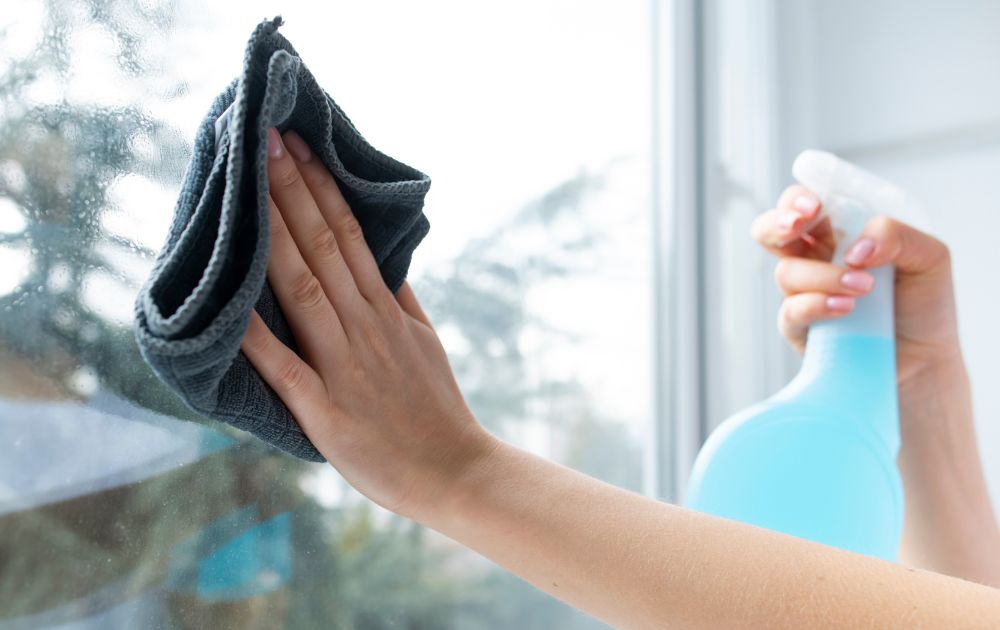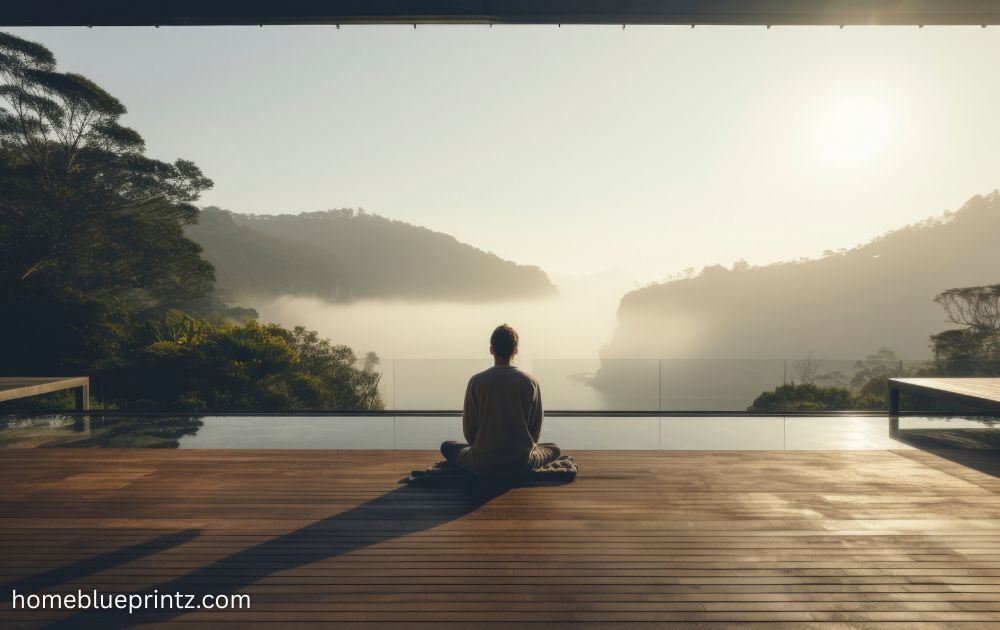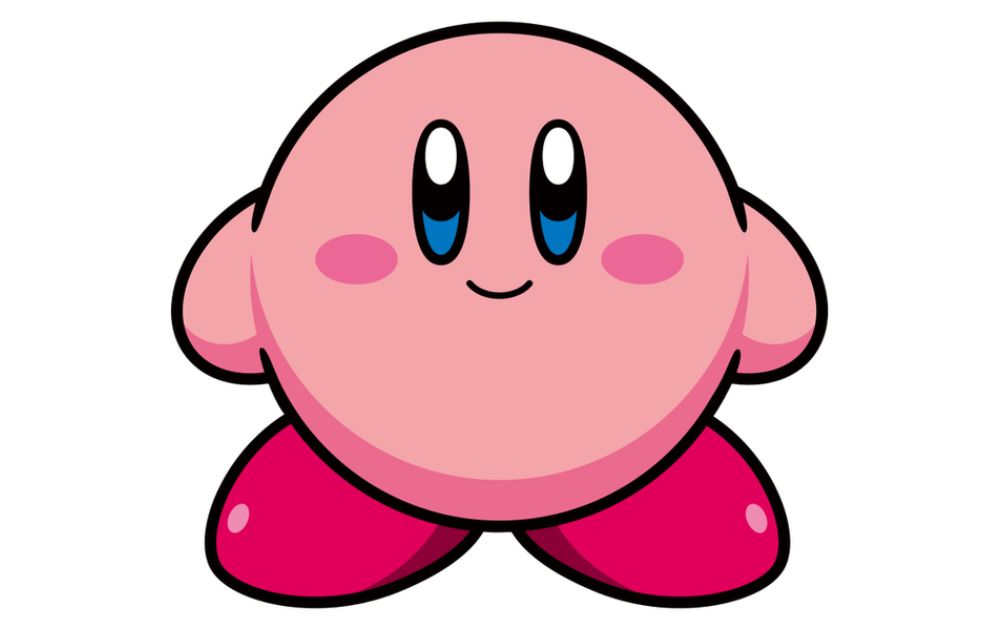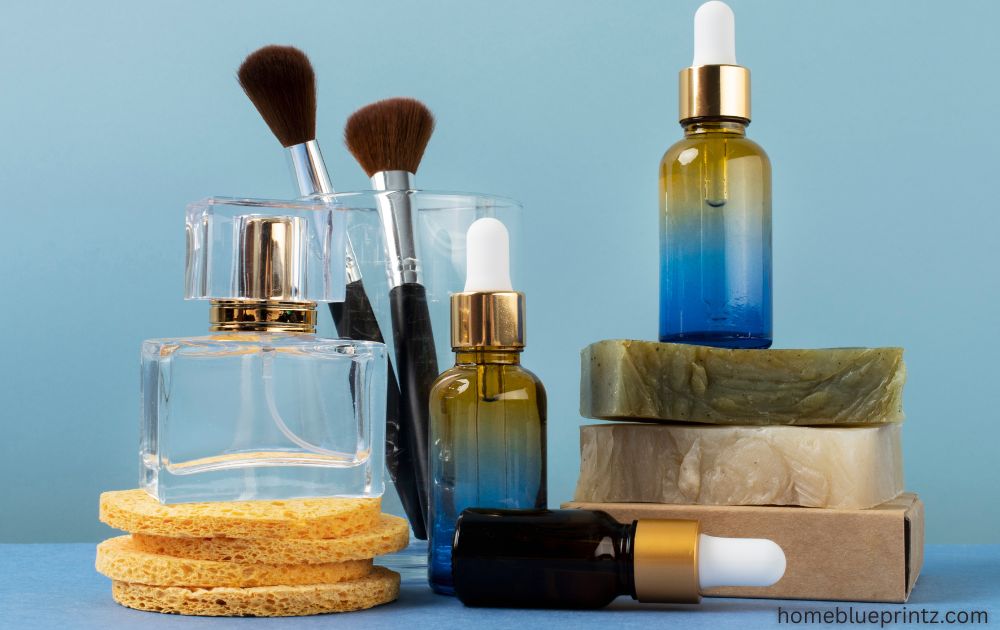When it comes to cleaning and disinfecting, bleach is often the go-to solution. But what happens when you add sunlight to the mix? Together, they can create a surprisingly powerful duo. Let’s take a closer look at why this combination works and how you can use it safely.
Bleach is a chemical solution, usually made from sodium hypochlorite, that’s widely used for whitening, disinfecting, and cleaning. Its strength lies in its ability to break down stains and kill germs effectively.
How Sunlight Interacts with Chemicals
Sunlight has a powerful effect on many chemicals, including bleach. When UV rays strike chemical compounds, they can trigger reactions that speed up or intensify their effects. In the case of bleach, sunlight helps break down stains faster and boosts its disinfecting ability. This natural energy source works like a catalyst, making cleaning more effective while also reducing the need for extra harsh products.
The Science Behind Bleach in Sunlight
When bleach is exposed to sunlight, its cleaning power becomes even stronger. The ultraviolet (UV) rays from the sun speed up the chemical reactions in bleach, allowing it to break down stains and kill bacteria more effectively. This powerful combination not only enhances whitening but also adds a natural disinfecting effect, making it a reliable method for tough cleaning tasks.
Everyday Uses of Bleach in Sunlight
Bleach combined with sunlight can make everyday cleaning tasks easier and more effective. It’s especially useful for brightening whites, disinfecting outdoor areas, and refreshing household items naturally.
- Whitening Clothes: Sunlight boosts bleach’s stain-removing effect.
- Outdoor Cleaning: Perfect for patios, garden tools, and furniture.
- Surface Sanitizing: Helps disinfect picnic tables, fences, and play areas.
Benefits of Combining Bleach and Sunlight
Using bleach in sunlight offers a stronger and more natural cleaning effect, making it both practical and cost-effective. This combination can reduce the need for harsh chemicals while giving brighter results.
- Enhances stain removal and whitening
- Saves money by using free sunlight
- Reduces reliance on strong detergents
Risks of Using Bleach in Sunlight
While bleach in sunlight can be effective, it also comes with potential drawbacks. Prolonged or careless use may cause damage and health risks.
- Fading Fabrics: Colors may weaken or lose vibrancy.
- Skin and Eye Irritation: Stronger reactions can cause discomfort or burns.
- Overexposure to Chemicals: Can lead to harmful fumes and unsafe conditions.
Safety Precautions
When using bleach in sunlight, it’s important to take the right safety measures to avoid harm. Always dilute bleach before applying it, as concentrated solutions can be too harsh. Wear gloves and protective gear to prevent skin or eye irritation, and make sure the area is well-ventilated. Most importantly, never mix bleach with other chemicals like ammonia or vinegar, since this can release toxic fumes.
Natural Alternatives to Bleach in Sunlight
Using natural solutions with sunlight can be just as effective as bleach for whitening and cleaning. They are safer, eco-friendly, and gentle on fabrics.
- Lemon Juice: Naturally brightens and disinfects when exposed to sunlight.
- Vinegar: Cleans surfaces and removes odors without harsh chemicals.
- Baking Soda: Lifts stains and freshens fabrics when combined with sunlight.
Environmental Impact
Using bleach in sunlight can be effective, but it also carries environmental concerns if not handled carefully. Bleach can harm plants, pollute water sources, and disrupt soil health, making safe disposal and alternatives important.
- Water Pollution: Bleach runoff can damage aquatic life.
- Soil Damage: Direct disposal may reduce soil fertility.
- Plant Harm: Strong bleach solutions can burn or kill greenery.
Practical Tips for Home Use
Using bleach in sunlight can be effective if done carefully. Always follow simple guidelines to maximize results while staying safe.
- Best Time: Use bleach outdoors during late morning or midday when sunlight is strongest.
- Dilution: Mix bleach with water in the right ratio to avoid fabric damage or overexposure.
- Storage: Keep bleach in a cool, shaded place to maintain its strength and shelf life.
Conclusion
Bleach in sunlight can be a powerful and effective cleaning method, but it’s not without its risks. When used wisely, it can brighten clothes, disinfect outdoor surfaces, and save you money on cleaning products. But always remember to handle it carefully and consider natural alternatives for a safer, eco-friendly approach.
FAQs about bleach in sunlight
- Does bleach lose effectiveness in sunlight?
Yes, prolonged exposure can break down bleach over time, so it works best when used immediately. - Can I mix bleach with other cleaners outdoors?
No, mixing bleach with ammonia or vinegar creates toxic fumes, even in open air. - Is sunlight alone enough to disinfect?
For mild cleaning, yes. UV rays naturally kill some bacteria and lighten stains. - How do I prevent fabric damage when using bleach in sunlight?
Dilute bleach properly and avoid leaving clothes in direct sunlight for too long. - Are there safer alternatives for brightening whites?
Yes, lemon juice, vinegar, and baking soda combined with sunlight are effective and safer options.









